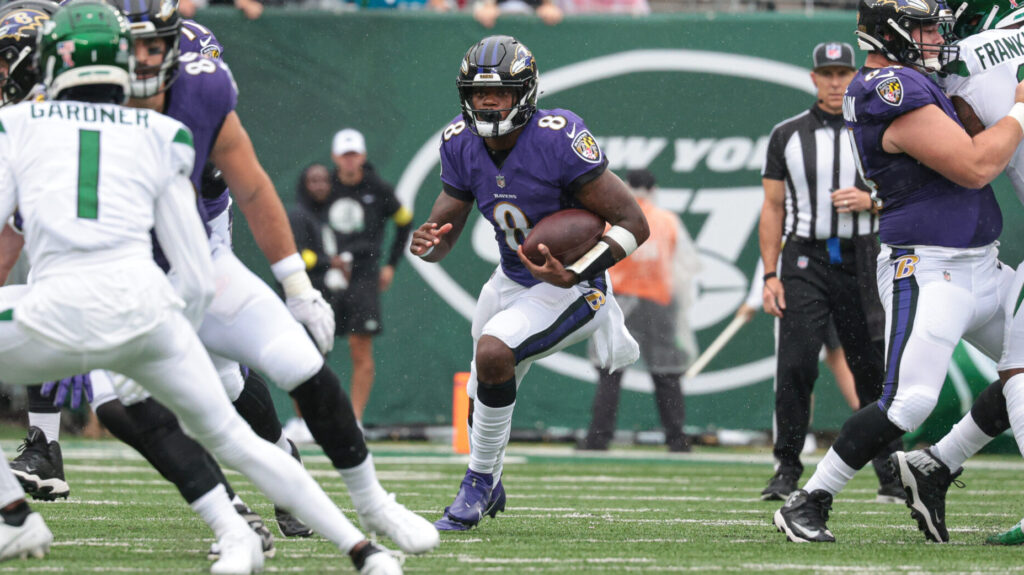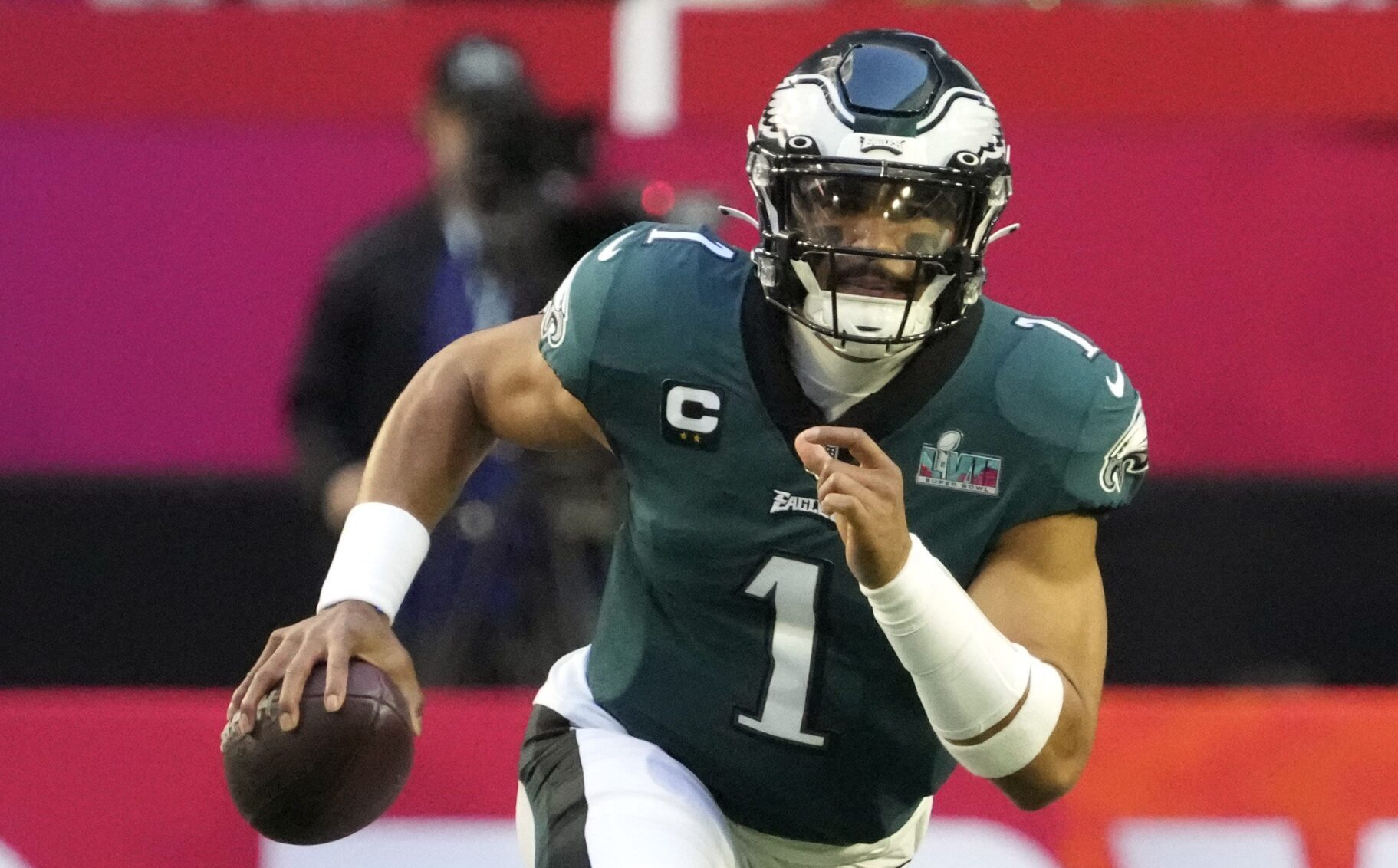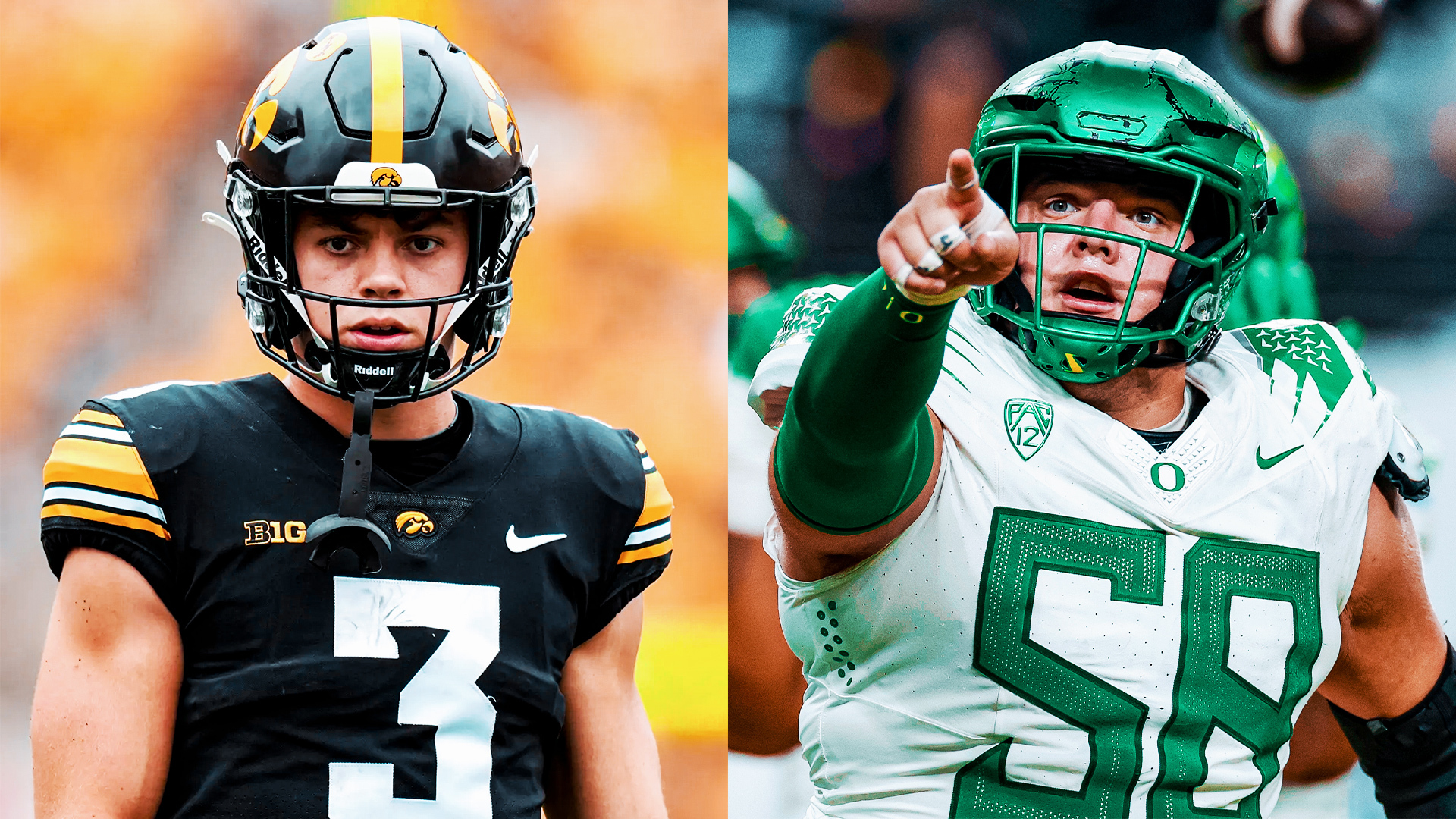Analysis
9/7/23
6 min read
2023 NFL Injury Insights: Keeping High-Volume Players on the Field

We’ve all been there, scrambling on a Sunday morning trying to find a suitable replacement for one of the best players on your fantasy team after he was just ruled inactive.
Instead of cursing out your phone or TV, take a step back and realize that these NFL athletes are human and their injury affects way more important things than your fantasy team. If an average person tried to play an NFL game, there would be a slim chance of them making it through all four quarters without injury.
Fantasy stars show incredible durability throughout a whole season despite an enormous workload. In this piece, we’ll go in-depth on a player who embodies this, and we will look at a fantasy boom-or-bust playing style.
Throughout the year, we will provide insight into injuries and how they affect the NFL. We hope they’ll help you in your game-watching and decision-making.

Nick Chubb
Nick Chubb has been a prime example of durability throughout his career, missing only seven out of a possible 84 career games. After not missing a game throughout his first two NFL seasons, in 2020, Chubb suffered a grade 2 MCL sprain in Week 4 of his third season with the Cleveland Browns. With a typical return to play of 4-6 weeks, Chubb pushed through the rehab to return in four weeks. He showed no ill effects when he returned, with 146 touches for 865 scrimmage yards and eight touchdowns in eight games.
To show how difficult it is to produce at that level after that injury, Elijah Mitchell suffered a grade 2 MCL sprain in Week 1 of last season and missed the next seven weeks. He then suffered the same injury again in Week 12 and missed five more weeks, totally derailing his season.
During the 2021-22 season, Chubb missed a total of three games. While he missed two of these games due to a calf injury, it’s worth noting the second game he missed was on a shorter week with the game on a Thursday night. The third game he missed was due to COVID-19 protocols and shouldn’t be a knock on his ironman-like persona.
That’s it for his missed games.
Coming off last season where he was one of only three players to have at least 300 carries, he ranks only as the 22nd-most-likely running back to miss more than a week due to injury this season, according to the SIS NFL Injury Model.
Chubb was hit at or behind the line of scrimmage at a higher rate than anybody else (48.3 percent) with at least 125 carries. That means Chubb was routinely mixing it up with linemen who usually outweigh him by anywhere from 50-75 pounds. On the flip side of that, Isiah Pacheco was at 26.5 percent of the time, meeting smaller defenders as would-be tacklers.
With the departure of Kareem Hunt and Jerome Ford’s week-to-week prognosis for a hamstring strain, Chubb could eclipse the 300-carry mark again and push for his fifth-straight 1,000-yard rushing season.

Dual-Threat Quarterbacks
No players garner a larger workload than dual-threat quarterbacks. These rare players provide the biggest risk/reward in terms of fantasy points and health.
There were five quarterbacks last season who ran for more than 700 yards and had at least 100 carries. To no surprise, those five quarterbacks are all in the top 20 of players most likely to get injured this season among all skill position players.
Josh Allen, Justin Fields, Jalen Hurts, Lamar Jackson and Daniel Jones all have the unique ability to impact games with their legs from the quarterback position significantly.
Quarterback runs prove to be successful plays in the NFL. Of all players with at least 100 rushing attempts last season, these five quarterbacks were top-five in first-down percentage, all over 40 percent. Jones led the league at 47.5 percent. To put that into perspective, Josh Jacobs ranked sixth with a first-down percentage of 27.4 percent, a large dropoff after the quarterbacks.
These five quarterbacks all ranked in the top 10 of points earned per rush, which evaluates an individual’s contribution to each rushing attempt.
Hurts ran for 13 touchdowns, Fields ran for more than 1,000 yards, and Jackson had the second-highest broken-plus-missed-tackle percentage (behind only Fields) in the NFL. When you have a dual-threat quarterback, you can have an extra blocker on designed quarterback runs and let his instincts take over when it’s time to scramble. This allows their teams to reap the rewards of these highly productive plays.
With all of these quarterbacks having missed games due to injury at some point throughout their careers (most recently Jackson’s knee, Hurts’ shoulder and Fields’ shoulder/hip), it’s fair to question if this playing style is worth it or sustainable. Allen even played through a significant elbow injury last season.
Allen’s coach, Sean McDermott, said this offseason, "I don't think that's a healthy way to play quarterback in this league, and it's undefeated that things are going to happen when you play that style, that brand of football. We have to get that adjusted. It's never going to go completely away, but it has to get where it's workable."
It’s difficult to ask these quarterbacks to pull back on the way they’ve played the game their entire life. This style is the primary thing that makes them as dynamic as they are and why they are so highly sought after in today’s NFL. It’s the main reason Anthony Richardson was drafted fourth overall in the draft despite having a completion percentage under 55 percent last season in college.
Trying to balance the fine line of maximizing a quarterback's skills but not overtaxing his body will forever be a challenge.
When all is said and done, these quarterbacks are going to be judged by how successful their passing ability and decision-making are. Being a player who touches the ball on virtually every snap and has the rare ability to beat NFL defenders with his legs provides a fantasy ceiling that trumps every other type of player.
This article was authored by Brett Barnes.








